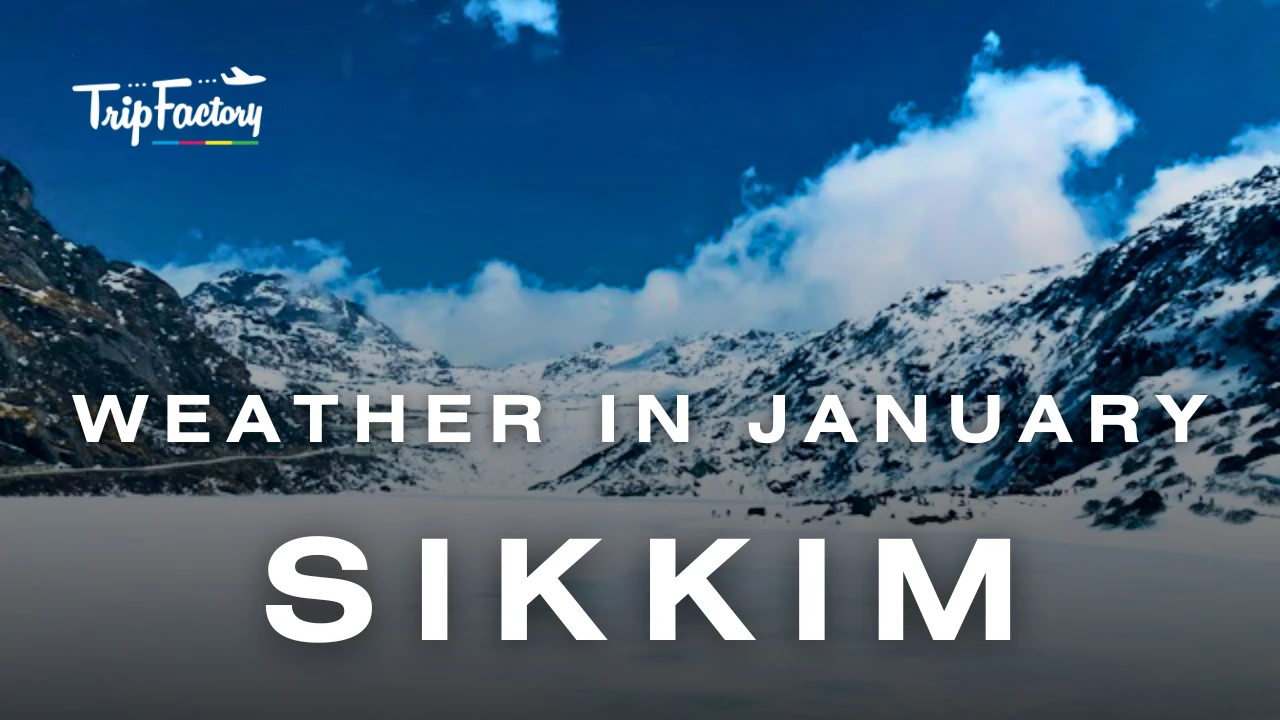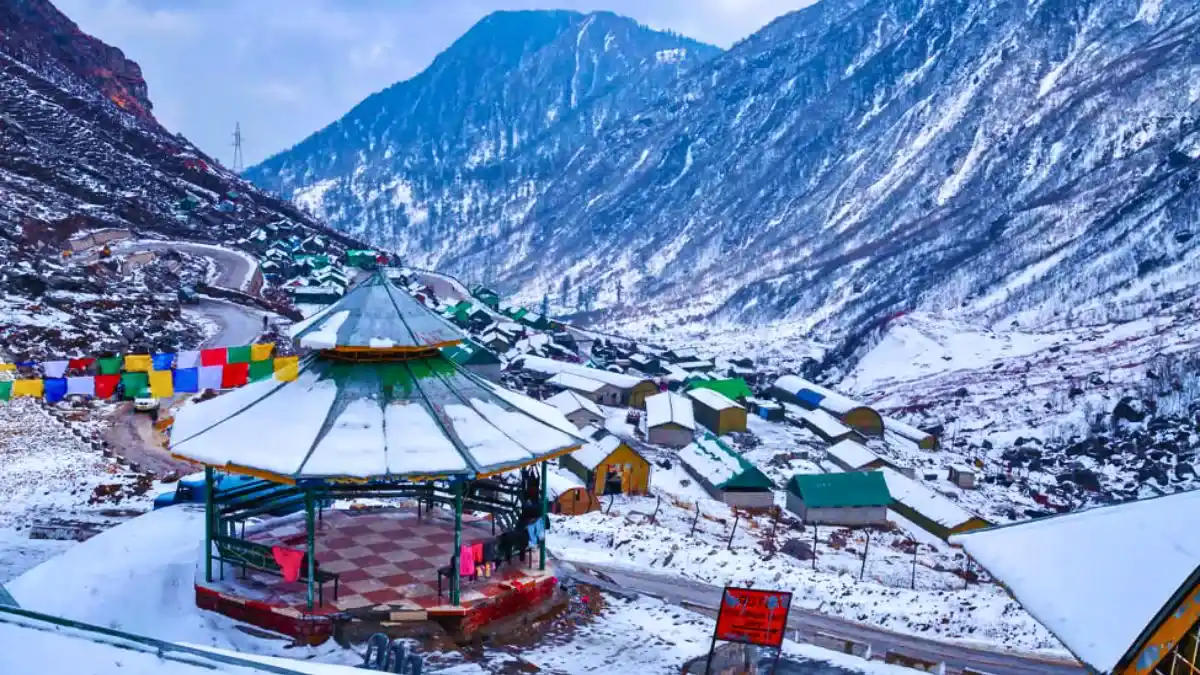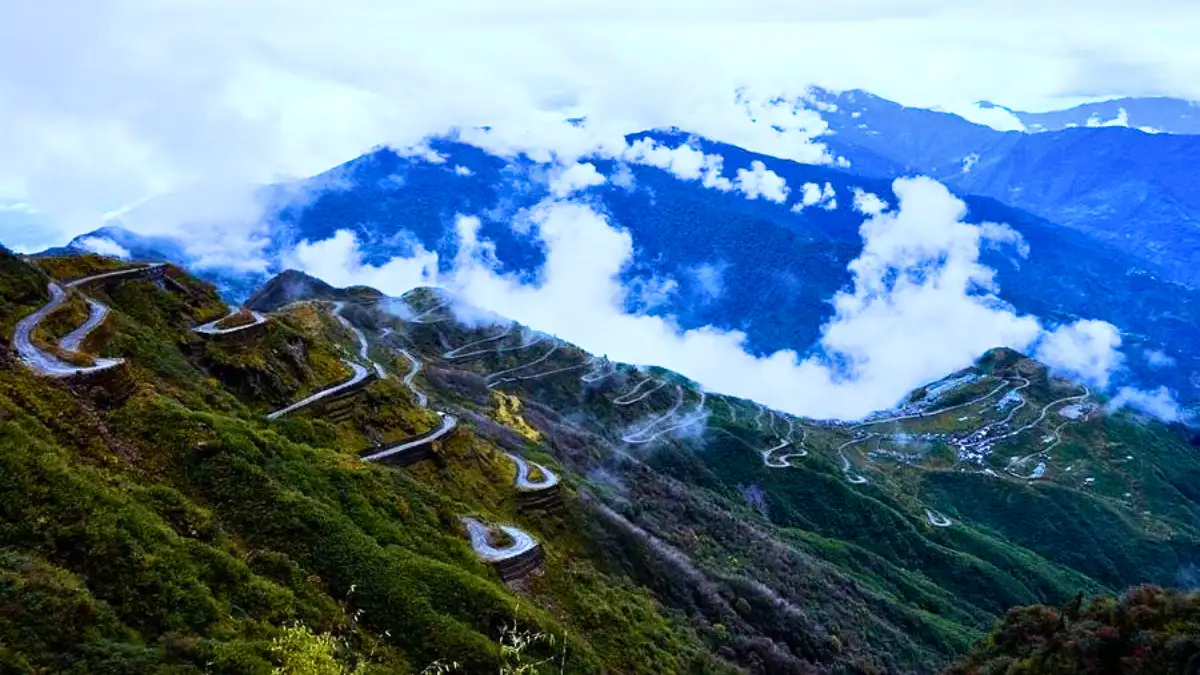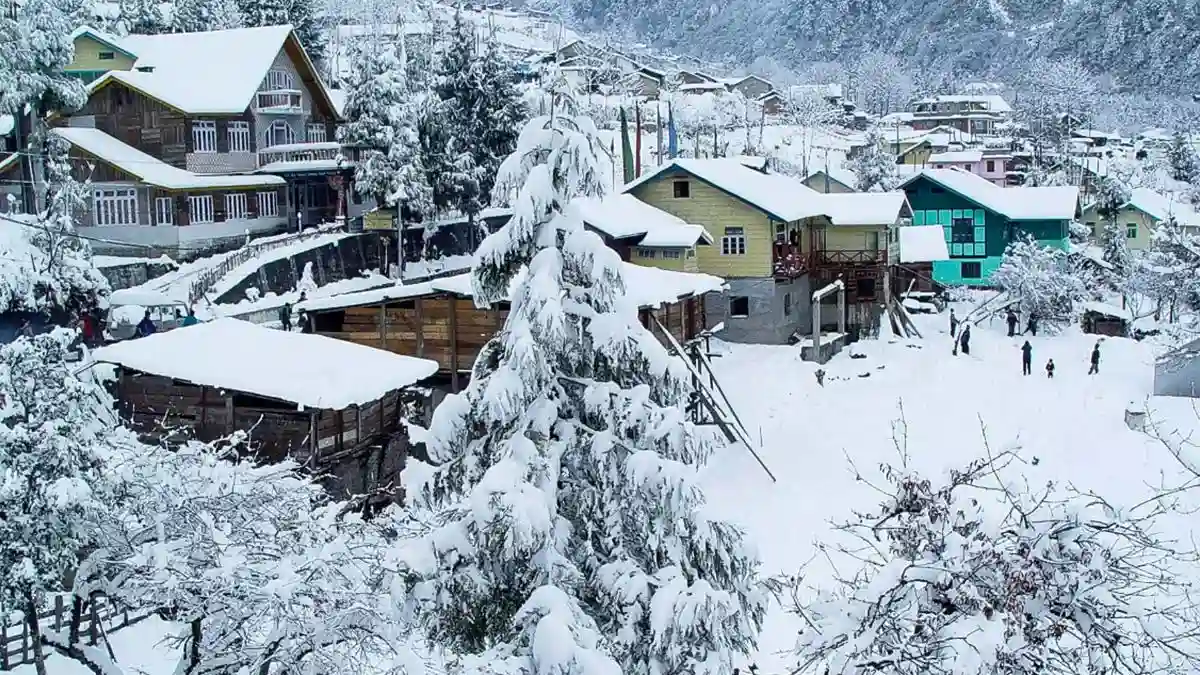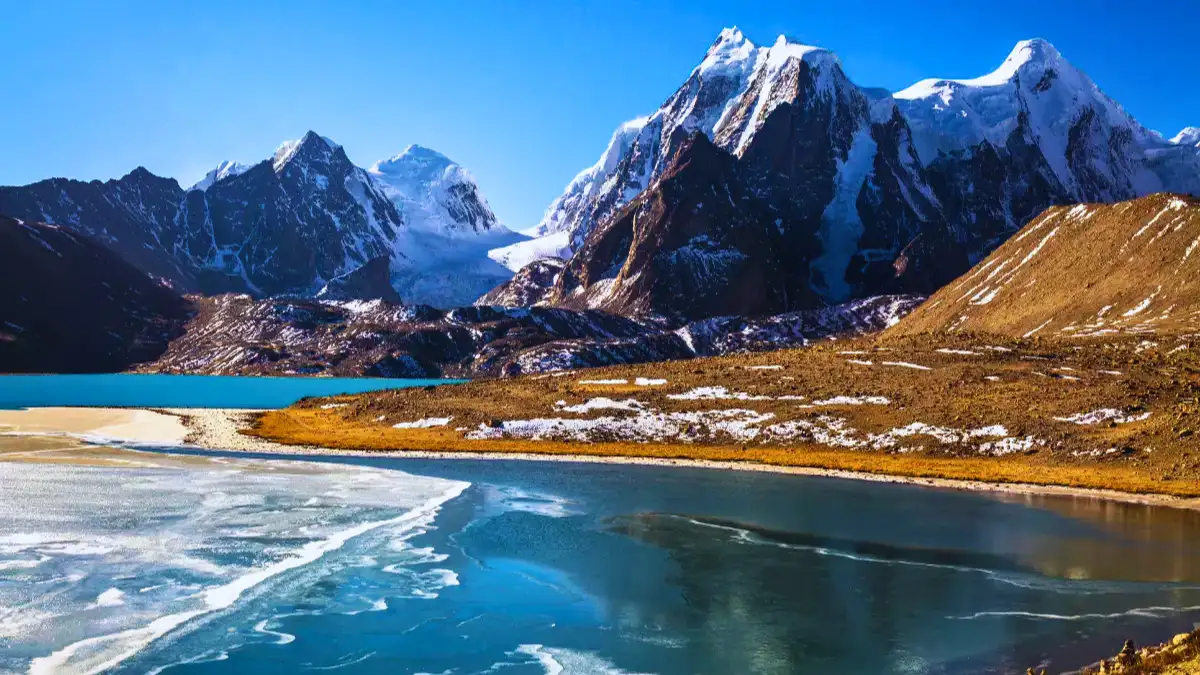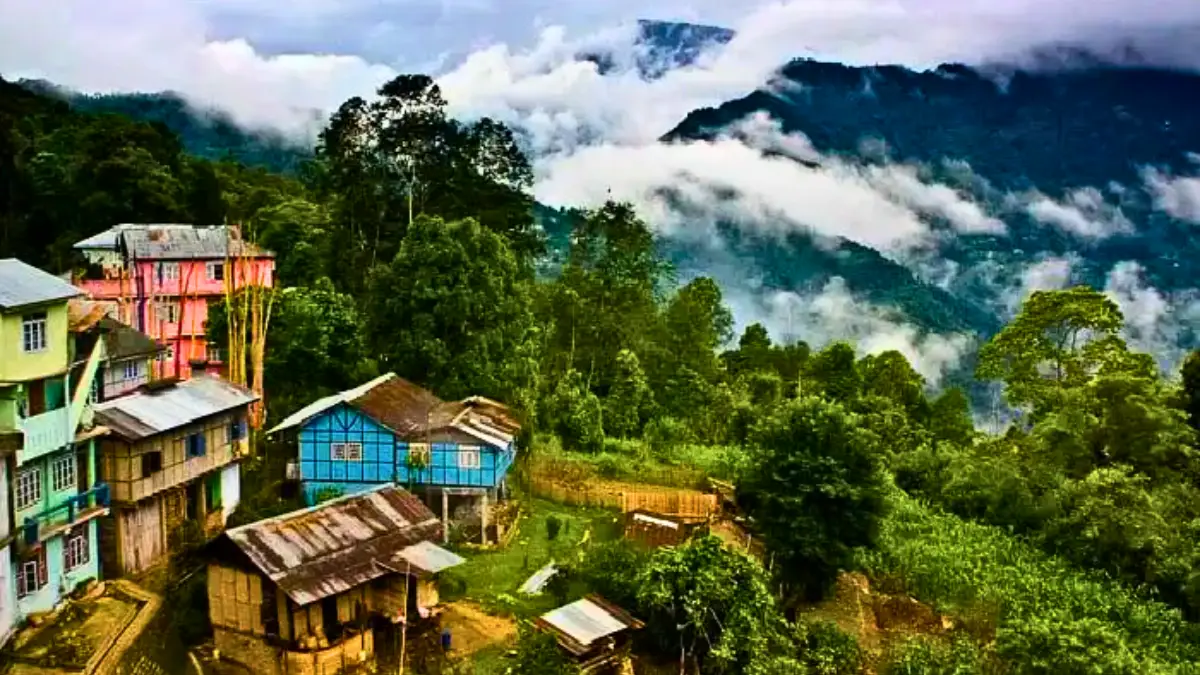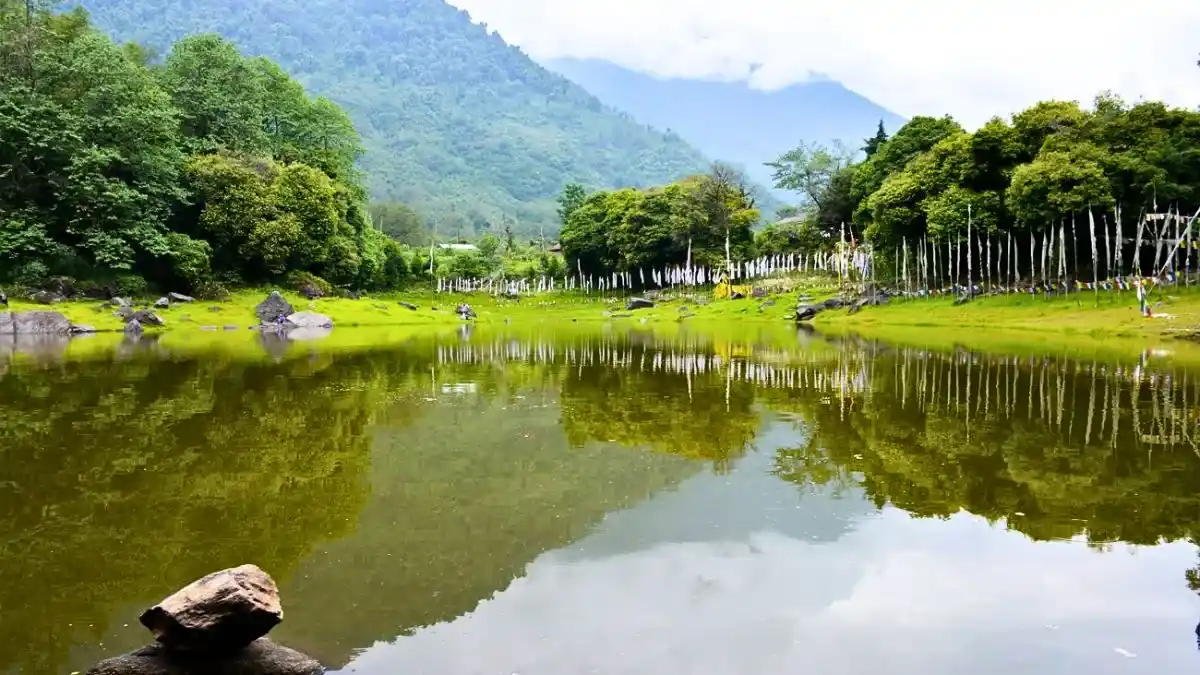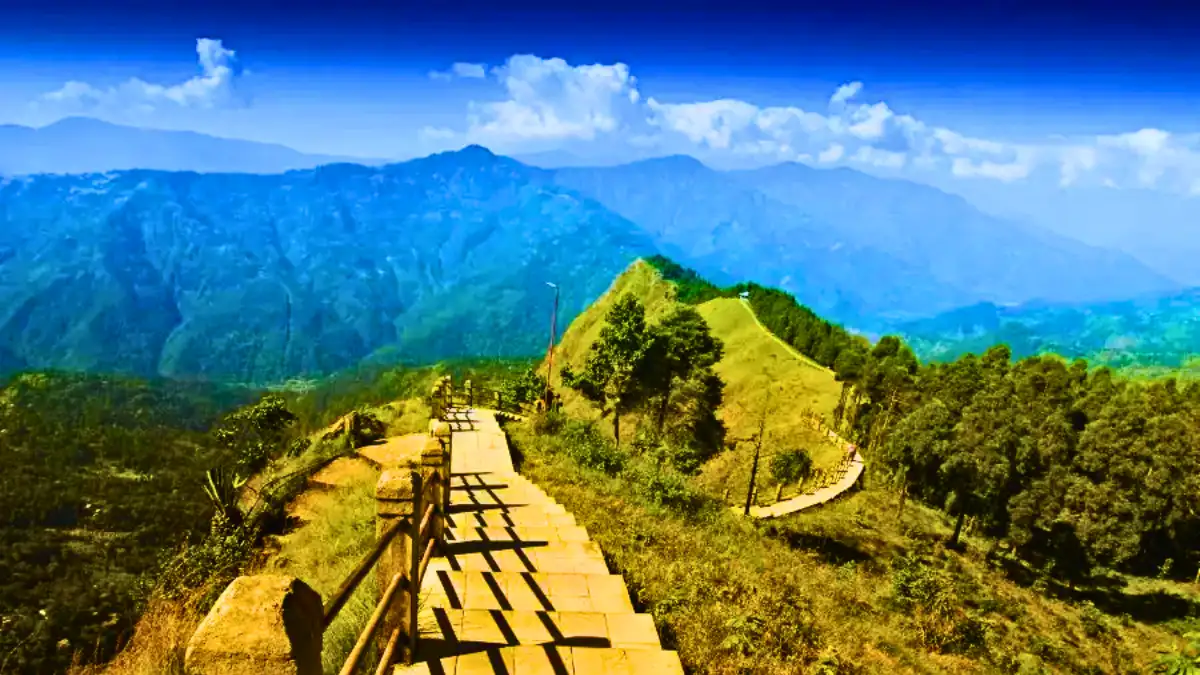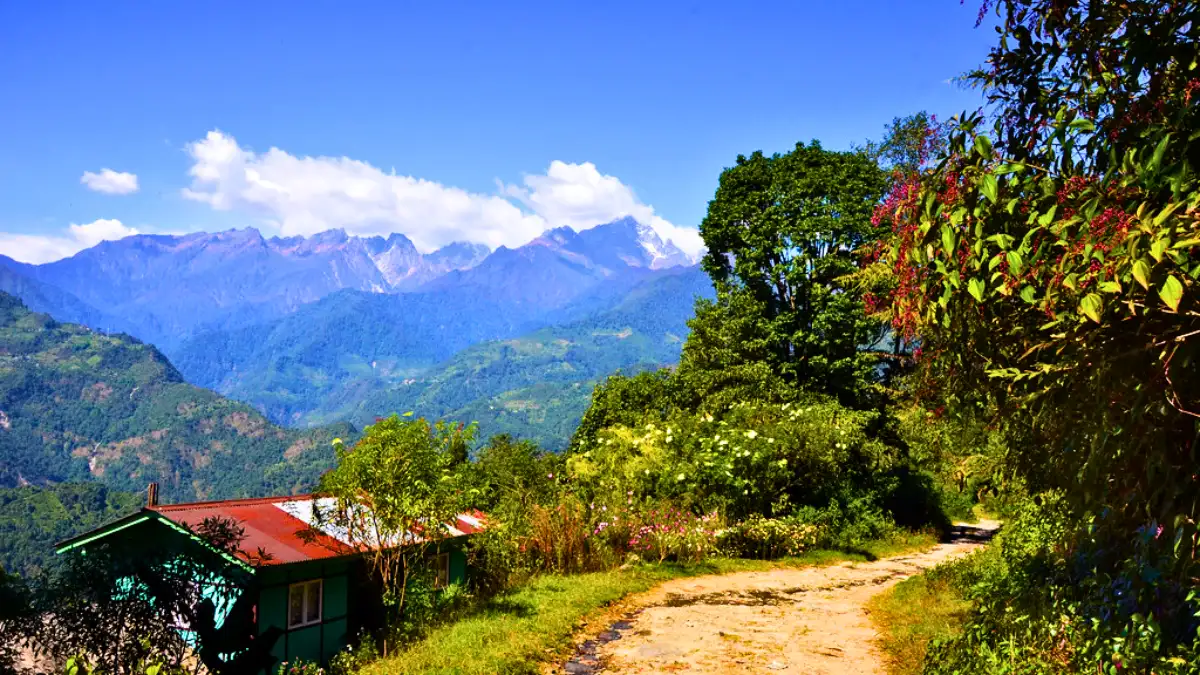Sikkim’s dove-grey sunset sky in January offers a preview of what’s to come; when daybreak breaks, take in breathtaking views of the surrounding mountains, sparkling frozen lakes, and consistent snowfall, which welcomes the arrival of winter in Sikkim. It’s sure to be a cold, but enjoyable, experience in January.
Here is the complete guide of Sikkim Weather in January
Sikkim’s Eastern Frosty Delights
The capital of Sikkim, Gangtok (5,840 feet), experiences a mean temperature variation of 2° to 11°C in January. Expect bright, sunny days and chilly evenings. It is the ideal time to visit the monasteries and other sights in east Sikkim because the temperature is manageable if you pack a heavy jacket and the city can be seen by the sun.
Despite being next to the Flower Exhibition Centre and in the center of bustling Gangtok, the Tsuklakhang Royal Monastery has a serene ambiance once you pass through its main gate. The altars of this magnificent monastery, which is embellished with statues of numerous Tantric deities and Bodhisattvas, provide an ideal introduction to Sikkim’s gompas.
The ideal way to begin your day is with a 23-kilometer trip from Tsuklakhang to Rumtek Monastery in the morning. Standing at 5,500 feet atop a hill above Gangtok, Rumtek offers a clear view of the city’s roofs in January. Remember to take a look at the elaborate murals that portray the Four Guardians of the Universe at the main temple’s entryway. The 4,500-foot Phodang Monastery, which was built in the 1700s and has historic frescoes inside, is located around 40 kilometers from Gangtok. You may explore Rumtek and Phodang, two sites associated with the Kagyu branch of Tibetan Buddhism, in a single day by renting a car from Gangtok.
Although there have been occasions when severe snowfall has forced border security to close Nathu La Pass in January, travelers have nevertheless been permitted to complete the journey. Nathu La, a dizzying 14,140-foot peak about 60 kilometers from Gangtok, was formerly a part of the renowned Silk Road. On the route, be ready to pass ice waterfalls. You can even see a legendary temple and a half frozen lake if you’re visiting this place to start the year.
40 kilometers from the capital lies Tsomgo Lake, also known as Changu Lake. This glacier lake is almost completely frozen in January. Imagine an oval-shaped body of sparkling blue water at 12,310 feet above sea level, encircled by mountains dusted with snow. This has to be on your vacation itinerary.
The corkscrew road to Baba Mandir is just 15 km from Tsomgo Lake on a beautiful January day. This temple, which stands at 13,000 feet, honors the soldier Harbhajan Singh who died on these slopes. According to legend, his ghost guards the soldiers stationed at the Sino-Indian border. The sub-zero temperatures and beautiful snow-covered scenery combine for an exciting excursion in January.
Kupup Lake is a must-see sight if you want to see a body of water entirely frozen. This frozen lake, shaped like an elephant, is located 60 km from Gangtok, right before Baba Mandir. Kupup Lake is a spot that is not often included in tours, making it ideal for anyone searching for unconventional places to visit in eastern Sikkim.
The 10,000-foot Zuluk, located 31 kilometers from Kupup in eastern Sikkim, is another lesser-known January destination. The road that winds through the tiny settlement of Zuluk is twisted like a snake in the snow and has several hairpin bends. The Thambi View Point is 14km away and offers a panoramic view of the Kanchenjunga Range on a January day. For those who would like to spend a few days away from busy Gangtok, Zuluk offers residencies and homestays.
The Frozen Northern Sikkim
Forecasting the weather in the eastern Himalayas is nearly impossible. Many of the tourist destinations in north Sikkim are closed in January. But for those who want adventure, there are a few that provide breathtaking views.
The first snowfall arrives in Lachen, 8,800 feet above sea level, in November, and by January, the town in northern Sikkim is completely blanketed in white. While Gurudongmar Lake is closed, you may still enjoy the breathtaking views of the peaks during the perfectly clear days and experience the authentic winter ambience of a Sikkimese community. Walk a short distance from town to Lachen Monastery and enjoy the peace and quiet of the monastery. When packing for a trip, remember that temperatures below zero are possible. Gangtok is less than five hours’ drive from Lachen.
Lachung is the finest place to go if you truly want to explore northern Sikkim in January. At 9,000 feet, this village is 47 kilometers away from Lachen. In this charming village, the confluence of two tributaries of the Teesta river will be frozen over due to temperature fluctuations ranging from -7°C to 10°C. Make sure to tour Lachung Monastery while you’re waiting for the weather to clear up so you can see nearby sights. A small gompa with a prayer chamber that makes a temporary cure for the chill. Gangtok is four hours distant from Lachung.
Although your chances of seeing Gurudongmar Lake are only approximately 10%, your chances of seeing Yumthang Valley and Zero Point are much higher—between 40 and 50 percent. Yumthang, which is 25 kilometers from Lachung, is best visited in the early afternoon or morning.
This vista, which is truly once in a lifetime, is breathtaking as the entire valley is covered with snow. The mountain greenery appears desolate yet stunning, while the white peaks loom over the Teesta. From Yumthang, it’s a bumpy 25-kilometer drive to Zero Point via a snowfall. Zero Point lies at a height of 15,000 feet, so if the roads are open, you can see snowfall, making the effort worthwhile.
Wintery Western Sikkim
The ideal location for a January trip is the hill village of Pelling, which is situated at 7,200 feet. Pelling is located in western Sikkim and is 130 kilometers by automobile from Gangtok, which is located in the east. The temperature there varies from 4°C to 15°C. Only nine kilometers separate this mountainous village with the Pemayangtse Monastery, which dates back to the seventeenth century.
From the gompa’s grounds, you can see Mt. Kanchenjunga in all its splendor when the sun shines brightly in January. Ninety minutes from Pelling, Khecheopalri Lake is a holy body of water whose azure waters are reflected by the surrounding mountains. Rabdentse Ruins, located a short distance from Pemayangtse Gompa, offer a glimpse into Sikkimese history. You will arrive at the palace ruins of Sikkim’s former capital as you proceed past the winter trees on the stone path. For anyone interested in Sikkim’s past, a January afternoon exploration of Rabdentse is a must.
Have you ever wished you could join a hike in January? If you can withstand the intense cold, a trek via Yuksom to Dzongri is a must. Located 40 kilometers from Pelling, the town of Yuksom holds historical significance as it was Sikkim’s first capital during the mid-1600s. Since then, Yuksom, also known as “the gateway to the Kanchenjunga,” has developed into a haven for hikers due to the abundance of paths that start in this town.
Choose one that gets you past the peaks of Pandim, Jhopuno, and Thenchinkhang if you’re game. Not all of them are reachable in January. If you’re up for a quick hike, make sure to ascend to the Dubdi Monastery. There’s nothing better than taking a walk in the forest in January, and this 1.5-kilometer track winds through a deep woodland.
Southern Sikkim’s Snowy Paradise
Southern Sikkim has ideal January weather for an excursion. The southern district’s capital, Namchi, comes to life in the winter with views wrapped in snow. This city, 80 kilometers from Gangtok, is the location of a massive statue of Padmasambhava that is located 7,000 feet high on Samdruptse Hill.
The 138-foot-tall golden statue is surrounded by views of snow-capped peaks and greenery, providing the ideal setting for a stroll in Namchi in January, when average highs of 11°C are met by lows of almost zero as the sun sets. Namchi is also home to the Ngadak and Sherdup Choeling gompas, if you’re interested in religious architecture.
Borong village is a must-visit location if you’d really like to see the unspoiled beauty of south Sikkim in January. Maenam Hill has the greatest views of the southern mountain ranges, and Ralang Monastery is a major stop on the Tibetan Buddhism circuit.
Maghey Sankranti Mela, a significant three-day Sikkim cultural event, is held at Jorethang, which is also in the south. This scene is ideal for anyone who like to explore Sikkimese tradition and culture, while local artists showcase their wares. Maghey Sankranti, which began as an agricultural fair in the 1950s, has great religious significance and offers an enjoyable opportunity to see Sikkim’s ancient customs.
Take advantage of the chance to visit Sikkim in the first month of the year.
Conclusion
Winter officially arrives in Sikkim in January with steady snowfall and low temperatures. The dawn offers stunning views of the snow-covered mountains and frozen lakes, while the dusk-grey sunset skies presage the cold weather. For anyone traveling to Sikkim at this time of year, the countryside confirms a pleasant experience even with the low temperatures.
Frequently Asked Question
Is it a good time to visit Sikkim in January?
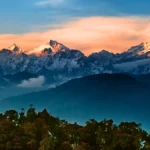
Sikkim’s optimal time to visit depends on your preferences, with winter chills from October to January, spring and early summer warm days, and the monsoon season from June to September.
How cold is Gangtok in January?
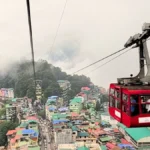
January temperatures in Gangtok are between 5.6C to 13.4C, which is ideal for travelers who enjoy the cold weather. Travelers can enjoy the snow-covered landscapes and partake in a variety of winter activities thanks to the approximately 10 hours of daylight.
Is Zero Point open in January?

The Zero Point is still closed in January and mid-December. In February, depending on the weather, tourists are welcome to return. 5. Since visibility is greater at this time of day at such high altitudes, it is ideal to take a taxi from Lachung to Zero Point early in the morning.
Is Nathula closed in January?
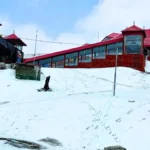
No, Nathula Pass isn’t open all year round. Because of the severe weather and significant snowfall during the winter (December to March), it is typically closed at this time. Tourists can usually enter the Nathula Pass between April and November, although this depends on the weather.
Which part of Sikkim is most beautiful?
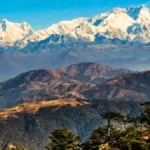
Mangan: Formerly called North District, it is Sikkim’s largest and most picturesque district. For those who enjoy the outdoors and mountain views, the North has wonderful experiences to offer. Yumthang, with its expansive Valley of Flowers, is enough to satisfy all types of tastes.

